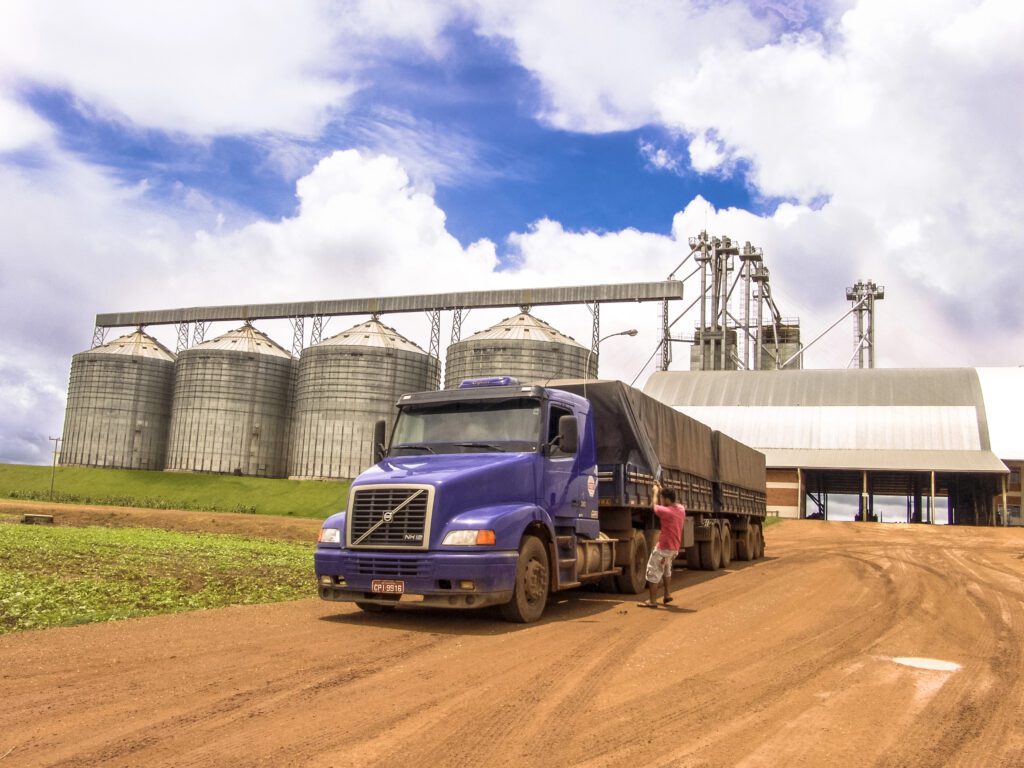Brazil’s food security and export capacity depend on protecting the rainforest
From Alexandre Mansur and Mariana Pitta*
Brazil and China are deepening their strategic partnership around food security. On one side, China needs to secure reliable supplies of meat and soy for its growing, nutritionally transitioning population. On the other, Brazil has become the top global supplier of these commodities to the Chinese market. This synergy has generated economic benefits, strengthened productive interdependence, and driven bilateral investments in infrastructure and logistics. This partnership resonates with China’s vision of “Ecological Civilization” – a development model that prioritizes sustainability as its foundation. For China, ensuring food security without ecosystem degradation is crucial to its national strategy and global climate leadership. As a key supplier, Brazil could become a strategic ally in this transition by aligning its production with low-carbon principles that already guide Chinese investments in renewable energy and sustainable agriculture.
Threats to Productive Capacity: The Amazon’s Role
Yet this partnership remains sustainable only if Brazil maintains its productive capacity – currently threatened by Amazon deforestation. Without the forest, rainfall decreases across agricultural regions. Without rain, productivity collapses. The Amazon rainforest functions as a massive moisture engine that irrigates farmlands across Brazil’s Central-West, Southeast and South. The Amazon’s destruction directly contradicts China’s 2060 carbon neutrality commitments. As the world’s largest clean energy investor, China has interest in preventing the Amazon’s climate collapse – which could release 90 billion tons of CO2 – from undermining global climate efforts. Partnerships in satellite monitoring (like the China-Brazil CBERS program) and bioeconomy financing could reconcile production with preservation.
Research from INPE, Embrapa and IPAM shows deforestation is already disrupting the “flying rivers” – atmospheric moisture flows from the Amazon that maintain climate stability in agricultural zones. Between 1980-2019, 28% of farmland fell outside the ideal climate range. Projections are alarming: by 2060, 74% of these areas may become unsuitable for rainfed agriculture.
Cattle Farming and Commercial Risks: Time for Change
The primary driver of Amazon deforestation remains low-productivity, extensive cattle ranching, often expanding onto illegally cleared forest land. About 92% of deforested areas become pastures, frequently supporting less than one head of cattle per hectare – representing both land waste and commercial risk. Studies from Amazônia 2030 and Radar Verde show Brazil could double meat production without further deforestation by restoring degraded pastures.
China is already signaling demand for sustainable commodities: in 2023, its Commerce Ministry included “low-carbon” as a criterion for strategic imports. Brazil could stay ahead of future trade barriers by adopting certifications recognized in the Chinese market, like the “Green Meat” system proposed by the China Meat Association. This would require investments in blockchain traceability and independent audits – areas where Chinese tech firms like Alibaba and JD.com already lead.
Radar Verde’s 2023 analysis revealed a concerning gap: of 64 Brazilian slaughterhouses authorized to export to China, 84% showed “low” or “very low” control over deforestation risks in their supply chains, particularly among indirect suppliers where deforestation often occurs. This misalignment could become a reputational and commercial liability.
Sustainable Infrastructure: A Viable Path
Another critical challenge lies in infrastructure. The logistics corridors transporting soy, corn and meat to China cut through sensitive Amazon regions. Without proper planning, these projects accelerate deforestation, fragment forests, inflame social conflicts, and jeopardize Brazilian agriculture’s future while undermining continental climate stability.
These logistics corridors could be redesigned as “green routes” incorporating:
-
Chinese technology: IoT sensors for real-time deforestation monitoring (like those used in the Yangtze River Economic Belt)
-
Sustainable financing: Asian Infrastructure Investment Bank (AIIB) credit lines tied to zero-deforestation criteria
-
Community engagement: Replicating Chinese models of community ecotourism near Amazon port zones
We need public planning with robust socio-environmental criteria – mapping cargo flows, comparing logistical alternatives, assessing environmental risks, and involving affected communities in decision-making. Forest-friendly infrastructure is key to maintaining Brazilian agribusiness competitiveness.
Conclusion: A Partnership for Ecological Civilization
Protecting the Amazon isn’t just an environmental agenda – it’s an economic and geopolitical imperative. Brazil’s food future and export capacity depend on a standing forest. China’s Ecological Civilization isn’t a local project, but a global vision requiring cooperation. For Brazil, conserving the Amazon means securing its place in the new sustainability-driven economy – where certified sustainable goods command premium value. For China, this partnership offers an opportunity to demonstrate genuine global leadership by transforming food supply chains. Together, both nations can prove that development and nature aren’t opposites, but complementary pillars of our shared future.
*English version adapted from the original article also from Alexandre Mansur and Mariana Pitta published in his column at Exame Magazine

